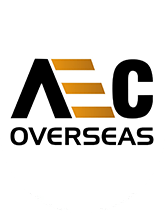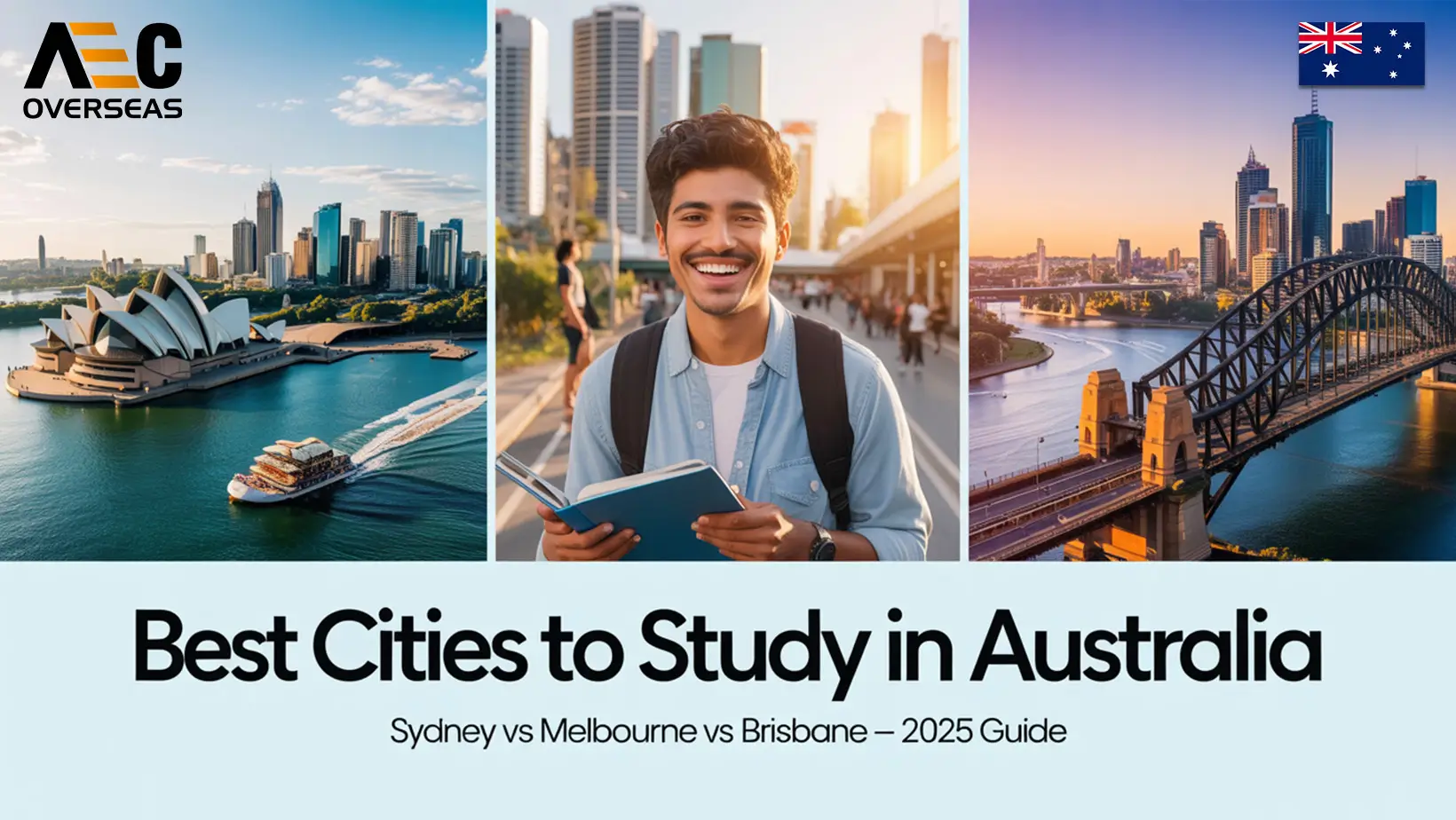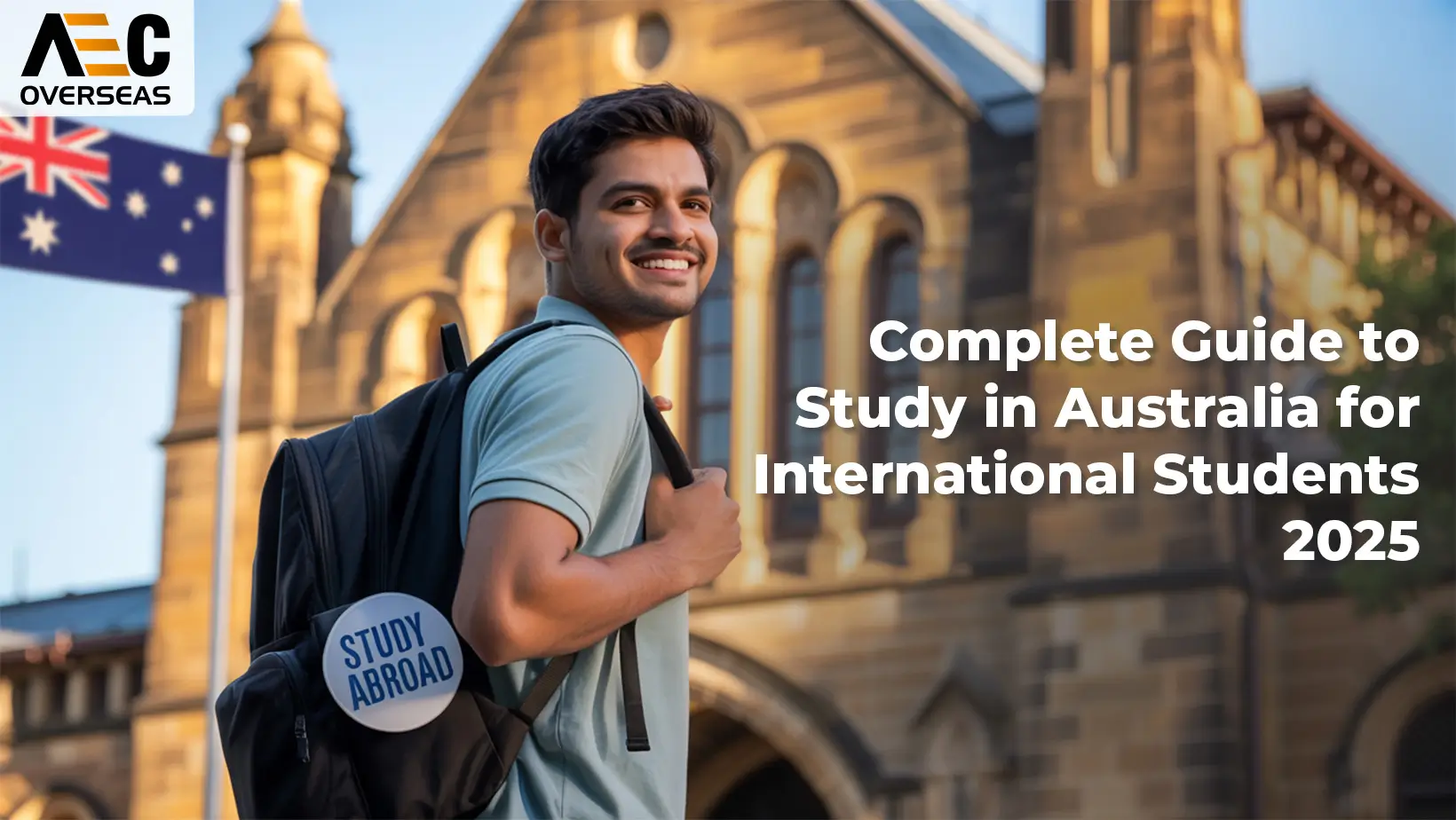Canada is one of the most popular destinations for Indian students. In 2024, over 320,000 Indian students chose Canada for higher studies. But with increasing demand, visa rejections have also grown.
The student visa process for Canada from India can feel overwhelming. Students often struggle with eligibility, proof of funds, documents, and deadlines. Missing even a single requirement can lead to rejection.
Get Free Counselling on WhatsApp
Start ChatThis blog simplifies the Canada study permit process, updated for 2025. You’ll find a step-by-step guide, updated proof of funds requirements, SDS vs Non-SDS comparison, and insider tips that competitors often skip. By the end, you’ll know exactly how to prepare a strong application and improve your approval chances.
Why Canada is a Preferred Destination for Indian Students
Canada isn’t just popular – it’s practical.
Ready To Study Abroad?
Speak to an Expert – 100% Free
- World-class education: Universities rank globally, offering career-focused programs.
- Work while studying: Students can work 20 hours per week (and sometimes full-time during breaks).
- Affordable compared to USA/UK: Tuition fees average CAD 15,000–25,000 per year, often lower than the US.
- Post-Graduate Work Permit (PGWP): After graduation, students can work in Canada for up to 3 years.
- Permanent residency (PR): Many students use study permits as a pathway to PR.
👉 In 2025, Indian students form nearly 40% of Canada’s international student population, making India the #1 source country.
Overview: Study Permit vs Student Visa vs TRV
- Study Permit: The document that allows you to study at a Canadian Designated Learning Institution (DLI).
- Student Visa (TRV): A Temporary Resident Visa that lets you enter Canada. Many Indian applicants get both together.
- DLI (Designated Learning Institution): You must have an admission offer from a registered DLI to apply.
💡 In short: You apply for a study permit Canada, but you’ll also get an entry visa if required.
Complete Checklist: Eligibility & Requirements
Academic Requirements
- 12th grade completion (for undergrad applicants).
- Bachelor’s degree (for postgrad applicants).
- Valid Letter of Acceptance (LOA) from a DLI.
Language Proficiency
- IELTS Academic: Overall 6.0–6.5 bands minimum.
- TOEFL iBT: 80+ scores.
- Alternatives: Duolingo English Test (accepted by many universities).
Proof of Funds (2025 Updated)
You must prove you can cover tuition + living costs.
As of Jan 2025:
- Tuition fees: ~CAD 15,000 per year.
- Living expenses: ~CAD 20,635 per year (increased from CAD 10,000 earlier).
- Extra for dependents: CAD 4,000 (spouse) + CAD 3,000 per child.
Acceptable proofs:
- Bank statements
- GIC (Guaranteed Investment Certificate)
- Scholarship/loan letters
Health & Legal Requirements
- Immigration Medical Exam (IME) by a panel physician.
- Police clearance certificate.
- Valid passport (covering study duration).
📌 Canada visa checklist (table for quick scan):
| Requirement | Details |
| LOA from DLI | Mandatory admission confirmation |
| Proof of funds | Tuition + living (CAD 20,635+ annually) |
| IELTS/TOEFL scores | Minimum 6.0 bands IELTS (UG/PG) |
| IME & Police clearance | Mandatory |
| SOP | Strong academic and career intent |
Step-by-Step Application Process
Step 1: Get Admission & LOA
Apply to a DLI and secure your Letter of Acceptance.
Step 2: Create IRCC Online Account
Register at the official IRCC website, create a GCKey account, and start your visa form.
Step 3: Upload Documents
- Passport
- LOA
- Proof of funds
- IELTS/TOEFL results
- SOP & LORs
Step 4: Pay Fees & Biometrics
- Application fee: CAD 150 (~₹9,000).
- Biometrics fee: CAD 85 (~₹5,000).
Step 5: Medical Exam & Police Certificate
Complete your IME and submit PCC.
Step 6: Submit & Track
Submit online. Track application status in your IRCC account.
Step 7: Visa Decision
If approved, you’ll receive a Port of Entry (POE) Letter of Introduction.
Processing Time & Fees
- Visa application fee: CAD 150 (~₹9,000).
- Biometrics: CAD 85 (~₹5,000).
- Medical exam: ~₹5,000–₹6,000.
- Processing time: 8–12 weeks for most SDS applicants.
👉 SDS (Student Direct Stream) is faster. Non-SDS takes longer (up to 20 weeks).
Common Mistakes & How to Avoid Rejection
Many rejections happen due to small errors. Avoid these:
- Missing or incomplete documents.
- Weak SOP that fails to show genuine intent.
- Insufficient or unverifiable proof of funds.
- Applying without checking DLI status.
- Submitting too late before intake.
- Low IELTS/TOEFL score.
✅ Tip: Double-check every form. Ask a consultant or mentor to review your SOP and documents.
Recent Changes & 2025 Updates
- Proof of funds increased: Now CAD 20,635 for living costs (effective Jan 2025).
- Biometrics validity: Remains valid for 10 years if given once.
- IRCC crackdown on fraud: Only apply through official portals or verified consultants.
- PGWP rules unchanged: Still up to 3 years for eligible programs.
Comparison Table: SDS vs Non-SDS
| Feature | SDS (Student Direct Stream) | Non-SDS (Regular) |
| Eligibility | IELTS 6.0+, GIC required | Flexible scores |
| Processing | 8–12 weeks | 16–20 weeks |
| Proof of funds | GIC + tuition | Bank statements |
| Approval rate | Higher | Lower |
| Best for | Strong profiles | Students with gaps |
People Also Ask – Quick Answers
What is the minimum bank balance needed for Canada student visa from India?
You need proof of at least CAD 20,635 for living expenses plus one year’s tuition fees. This amount must be shown in bank statements, GIC, or loan letters.
How long does it take to get a Canada student visa?
For SDS applications, the Canada student visa process takes 8–12 weeks on average. Non-SDS applications may take up to 20 weeks, depending on IRCC workload.
Is IELTS mandatory for Canada study permit?
Yes, IELTS or another English proficiency test is usually required. The minimum is 6.0 overall for most programs. Some universities accept Duolingo or TOEFL as alternatives.
Can I work while studying on a student permit in Canada?
Yes, international students can work 20 hours per week during semesters and full-time during scheduled breaks. This applies to on-campus and off-campus jobs if conditions are met.
Tips for a Smooth Application
- Start early (3–4 months before your intake).
- Organize documents in digital and physical copies.
- Apply under SDS for faster processing.
- Draft a personalized SOP—don’t copy templates.
- Track IRCC updates regularly.
FAQ Section
- What happens if my visa is rejected? Can I reapply?
Yes. Address the reason for rejection, fix issues, and reapply. - Do I need to show funds for the entire course or just first year?
Usually, proof for first year tuition + living costs is required. - Can family accompany me under student permit in Canada?
Yes. Spouse/children can apply for dependent visas. - What’s the validity of a Study Permit vs visa duration?
The study permit is valid for your course length + 90 days. - Are there specific requirements for Quebec province?
Yes. You’ll also need a CAQ (Quebec Acceptance Certificate).
Conclusion
The student visa process for Canada from India may seem complicated, but with the right preparation it becomes manageable. Start early, gather proper documents, prepare strong financial proof, and write a compelling SOP.
Trusted guidance can save time and reduce mistakes. Prepare well, stay updated with 2025 rules, and take your first confident step toward studying in Canada.
👉 Ready to apply? Begin your checklist today. If you found this guide useful, share it with your friends or drop your questions in the comments below.







